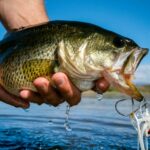Bluegills are one of the most common fish in North America. If you find a freshwater body of water in the United States- whether it’s a lake, river, pond, or stream- the chances are that bluegills are in residence!
Their prevalence makes them especially popular with anglers, both total amateurs and experienced fishers. In fact, you might even have gone fishing for bluegill as a kid. It’s surprising how many people’s first fish was a bluegill!
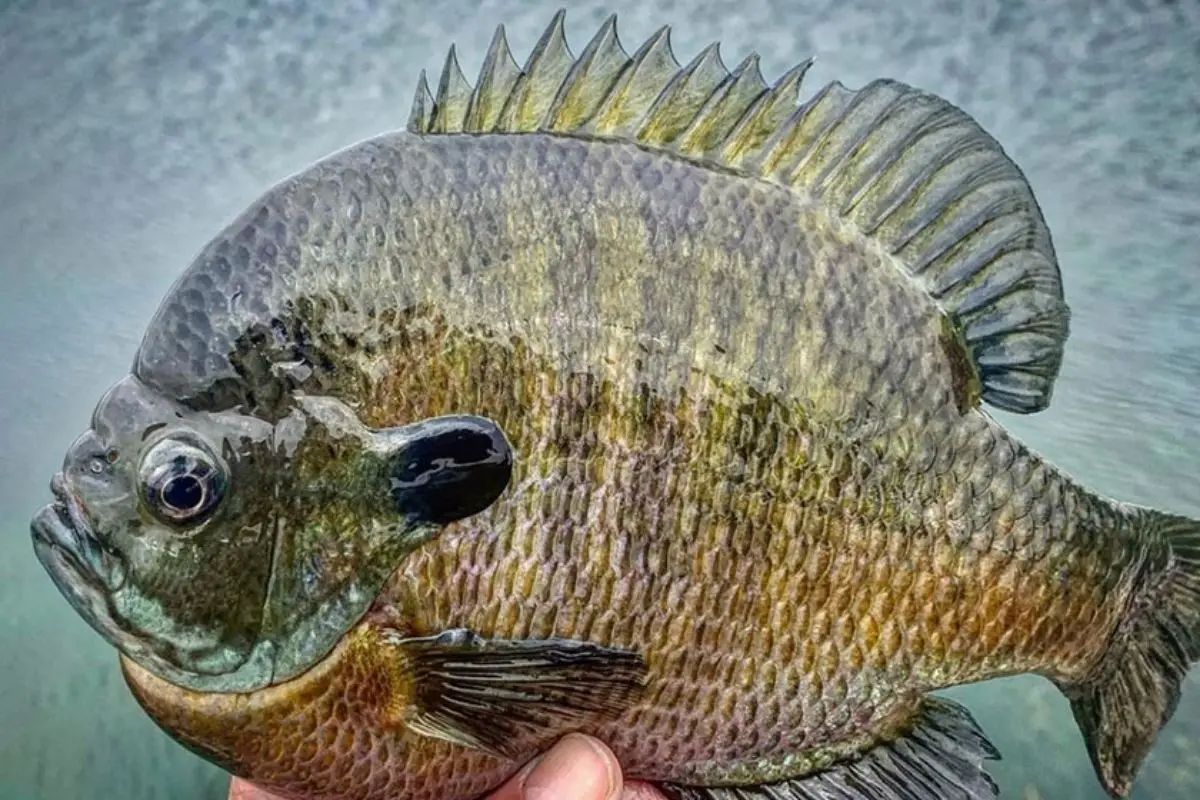
Bluegill are generally quite small fish and are renowned as an easy catch, so it’s not totally surprising that so many amateur anglers go after them.
They usually range from about four and a half to seven inches and weigh in at under a pound. But bluegill aren’t always so small, and some specimens have been caught over the years that are significantly bigger.
On top of that, bluegill certainly put up one heck of a fight for their size, which can make the idea of catching a larger specimen quite appealing to some anglers.
The world record is there to be beaten, given the prevalence of the fish, but who will take it? Let’s first look at what they’d be up against.
What’s The Biggest Bluegill Ever Caught?
The world record bluegill, as certified by the International Gamefish Association (IGFA) was snagged way back in 1950 in Ketona, Alabama.
The record-winning fish weighed in at four pounds and twelve ounces and measured a whopping fifteen inches long. That’s nearly twice as long and four times as heavy as most bluegills!
As a matter of fact, the world’s previous record-setting bluegill was also caught in Ketona Lake, a mere three years earlier in 1947.
Now, it might have been pure coincidence, but could there have been something going on in that lake? It certainly gave Ketona Lake a reputation as the home of World Record bluegills.
Unfortunately, we’re not likely to find out any time soon. These days, the private pond is closed to any kind of fishing.
Other Close Contenders
Several fish have come close, but none have ever quite pipped the Ketona Lake bluegill of 1950.
Seventeen years later in 1967, twelve-year-old Danny Case caught a four pound, five ounce monster whilst fishing in the ponds at his Grandmother’s house in Henderson County, North Carolina.
The giant bluegill latched onto a catawba worm floating through the weeds, and Danny impressively managed to reel it in.
There does certainly seem to be a trend in terms of the locations where these giant bluegills have been caught.
Many have been landed in the Southern United States, with the bluegill apparently preferring the area’s warmer and more humid climate. In 1970, for example, Thomas Jones found himself pulling a bluegill out of a private pond in Virginia that weighed four pounds and eight ounces.
He reeled in the monster with a nightcrawler threaded onto a hook. Likewise, in South Carolina in 1973 one J.P Hegler caught himself a three pound, four ounce fish from Lancaster pond, Lancaster County.
The fish was a state record at the time and that record has remained intact ever since.
To the west, in Kentucky, Phil Conyers found himself fishing one day in 1980 after getting off work.
He headed to an old strip mine lake nearby, and soon found himself pulling in a four pound, three ounce bluegill using a four inch artificial worm and a small hook. It was a record for the state.
More recently, and even further west, an angler called Mike Tahash was kayak fishing one day in 2010 in the Colorado River near Bullhead City, Arizona. He thought he might have threatened the world record, but it was not to be.
Although a whopping sixteen inches long, the bluegill he pulled in with a live nightcrawler on a four pound test line weighed in at just three pounds, six ounces. No world record, but he did, you’ll be pleased to hear, get the state one.
Where’s Best To Catch A Record Bluegill?
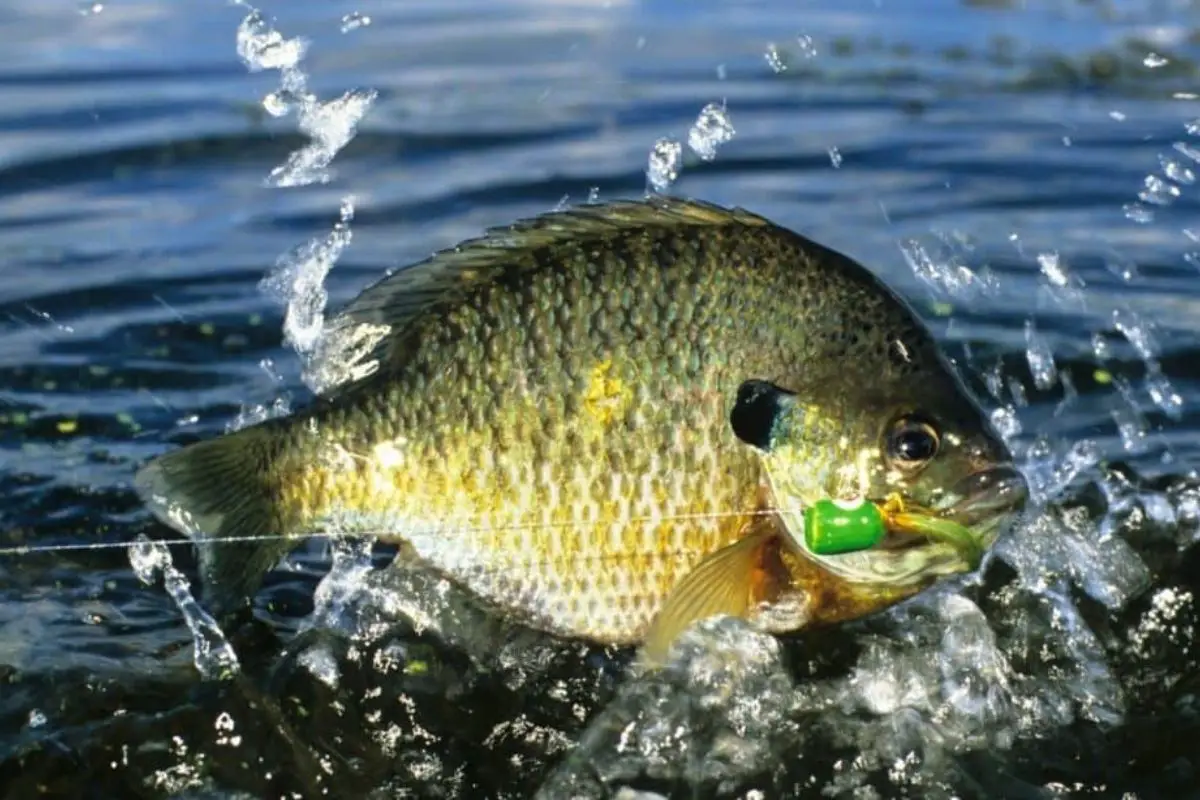
As you can see, all of these monster bluegills were caught in warmer parts of the United States, either in the South or Southwest.
Unlike other parts of the country that experience quite a large seasonal swing in temperatures, the waters in these areas normally remain fairly temperate year-round. Water temperatures rarely dip below 50 degrees Fahrenheit, which is ideal for bluegills.
Although common all over the United States, bluegills are most commonly found in the warm and shallow waters east of the Mississippi. The environment here in the historic South, with its many creeks and bayous, is perfect for bluegill.
Bluegill spawn in the mud and silt close to the shoreline, and baby bluegill like to hide from predators in the dense aquatic vegetation that is common in the region.
If you’re looking to catch a record-breaking bluegill, look for heavily vegetated shoreline somewhere in the South.
How To Catch A Bluegill?
If you’re looking to catch yourself a record bluegill, you needn’t worry too much about what kind of lure you use. Bluegill , though good fighters, are notoriously easy to catch and will go for just about anything.
As you can see from our list of record bluegill catches, anglers have managed to catch bluegill with both live bait and artificial lures. Some have even been known to use bits of leftover food.
Technique doesn’t seem to be too important, either. Catching bluegill, as with most fishing in general, depends on timing as much as anything else.
Danny Case landed his giant by quickly reeling in a floating worm, whilst Mr. Conyers sunk a line with a little weight. What they had in common was impeccable timing. The point, I suppose, is that bluegill are pretty straightforward to catch no matter how you do it.
You can, for example, go fly fishing for bluegill too. Whilst previously the preserve of fishers in the streams and rivers of the west, fly fishing has exploded in popularity.
Why not give it a go? It’s great fun, and the sense of satisfaction you get as you watch the fish snatch the bait is unmatched.
If you’re new to fly fishing, you’ll need to do some research, and nothing quite beats learning from an experienced fly fisherman. However, here’s a little tip.
When fly fishing for bluegill, you’ll want to target the banks of the body of water you’re fishing in, where the fish will be bedded in. Using an ultralight fly rod is best, which you’ll need to pair with a sinking line.
In terms of the fly, we would suggest using a Mickey Finn style streamer. Although somewhat generic, it’s certainly effective.
Final Thoughts
Bluegills are an extremely common fish right across North America that are popular with anglers.
They’re easy to catch, but typically small, weighing in at about a pound and measuring somewhere between four to eight inches in length.
They can get much bigger, though, with the world record specimen coming in at fifteen inches and weighing four pounds and twelve ounces.
If you’re looking for a record breaker, head south- nearly all the biggest catches have been caught in the more temperate waters of the Southern states.
- Do You Need An Indicator For Nymph Fishing? - November 16, 2023
- Fishing Safety Tips For Families - September 25, 2023
- What Is The Best Time To Night Fish At A Lake? - September 18, 2023


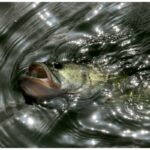


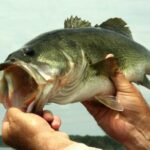
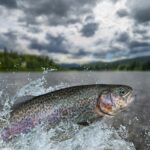
![What Do Bluegill Eat? [A Guide to Help You Catch More] what-do-bluegill-eat](https://irvinelake.net/wp-content/uploads/2022/09/what-do-bluegill-eat-1-150x150.png)
